Brighton Past… The Lost St Margaret’s Church
Roosa Herranen looks into the history of St Margaret's Church, the lost church formerly on the site of Sussex Heights.
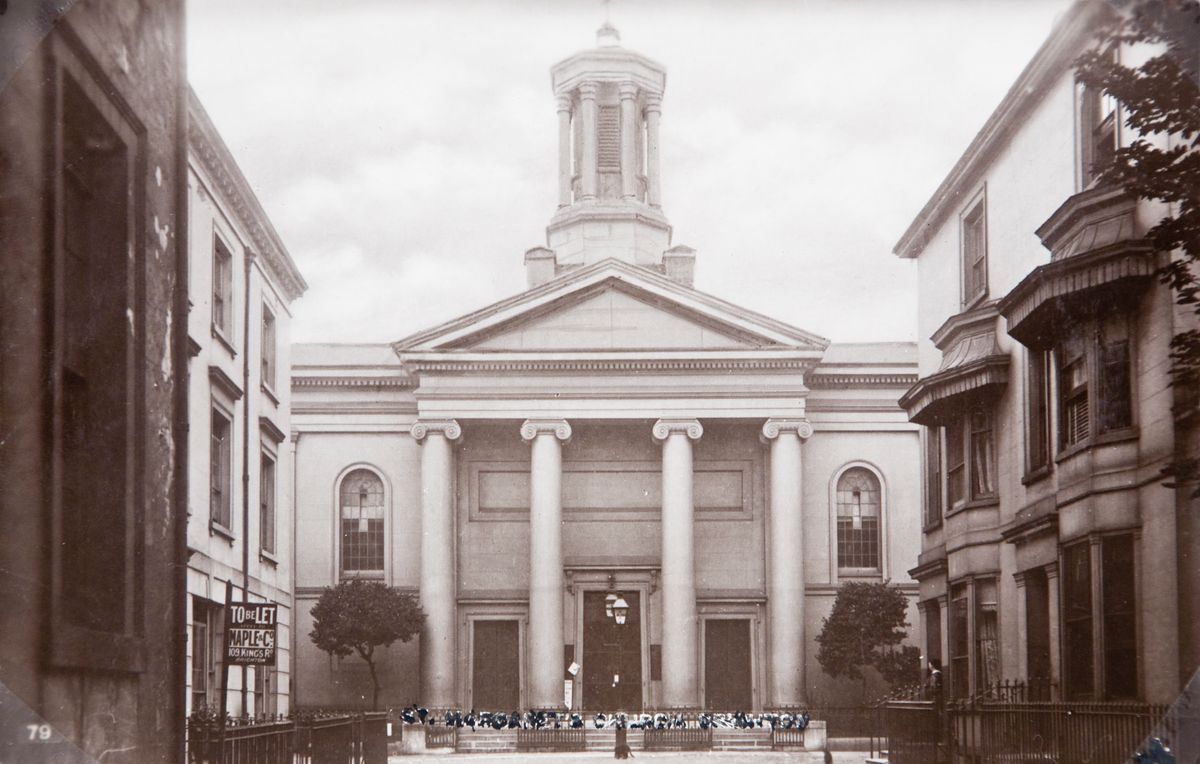
Just off Regency Square, at the end of St Margaret’s Place, there once stood a grand, picturesque church. St Margaret’s Church was sponsored by Barnard Gregory (1796-1852) and named, not after a saint, but after his wife, who laid the church's foundation stone. Gregory was an extravagant local businessman, actor, journalist, and Brighton Gazette editor with an interesting, complicated reputation, who commissioned the church as an attempt to uplift the area in the hopes of attracting fashionable, wealthy visitors.
Gregory’s choice of architect for his proprietary chapel was Charles Busby (1786–1834), a leading Brighton architect who was also behind many of the buildings we now strongly associate with Brighton and Hove, especially on the seafront, including the Regency style Brunswick Town and Square.
A complete set of Busby's drawings for St Margaret's Church survives. It was built in Greek Revival/Neoclassical style, stuccoed, with an east-facing Ionic portico and octagonal turret tower, and boasted underfloor heating. Busby’s adoration of Greek architecture was also shown in the bell tower, which was an imitation of the Temple of the Winds at Athens.
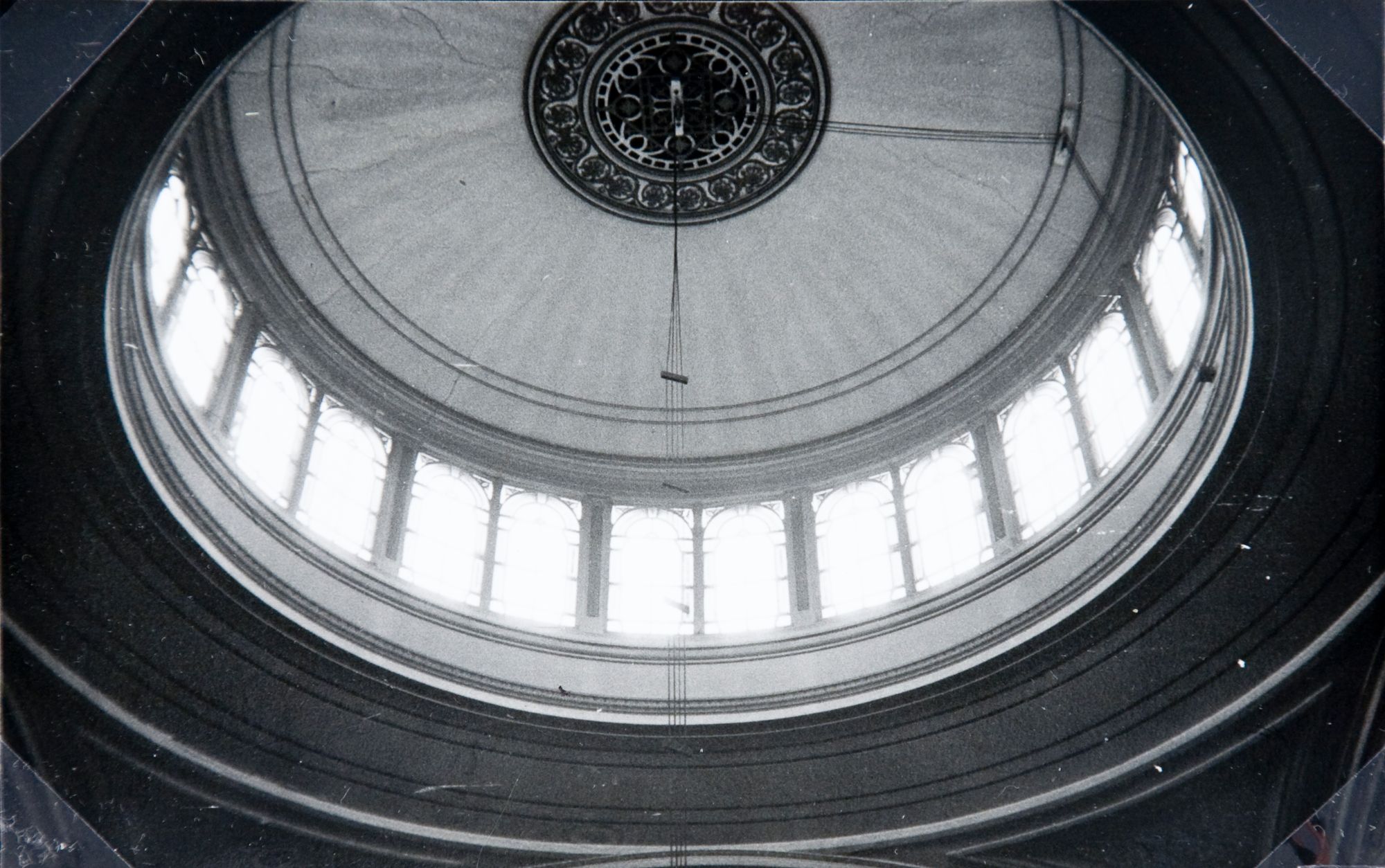
St Margaret’s opened for worship on Boxing Day 1824. It had a large capacity of 1,500 people, second only to St Peter's Church. As can be assumed from the photos that we luckily have of this astounding building, it was the most fashionable church in the city for many years. In fact, at its prime, St Margaret’s was considered to be the best classical church in Brighton. Over the years, the church saw some changes, including a restoration and extension in 1875, and mission halls built in Cannon Street in 1878 and in Carlton Row in 1891.
What became the church’s eventual demise was the changing of the city, but perhaps the changing of the country too. It is said that the character of the neighbourhood changed greatly during St Margaret’s latter thirty years as an active church, the area becoming poorer and Regency Square having been turned into many hotels and flats by the mid-20th century. However, statistics on British church attendance also show a decline from the 1950s onwards, which would coincide with St Margaret's declining congregation.
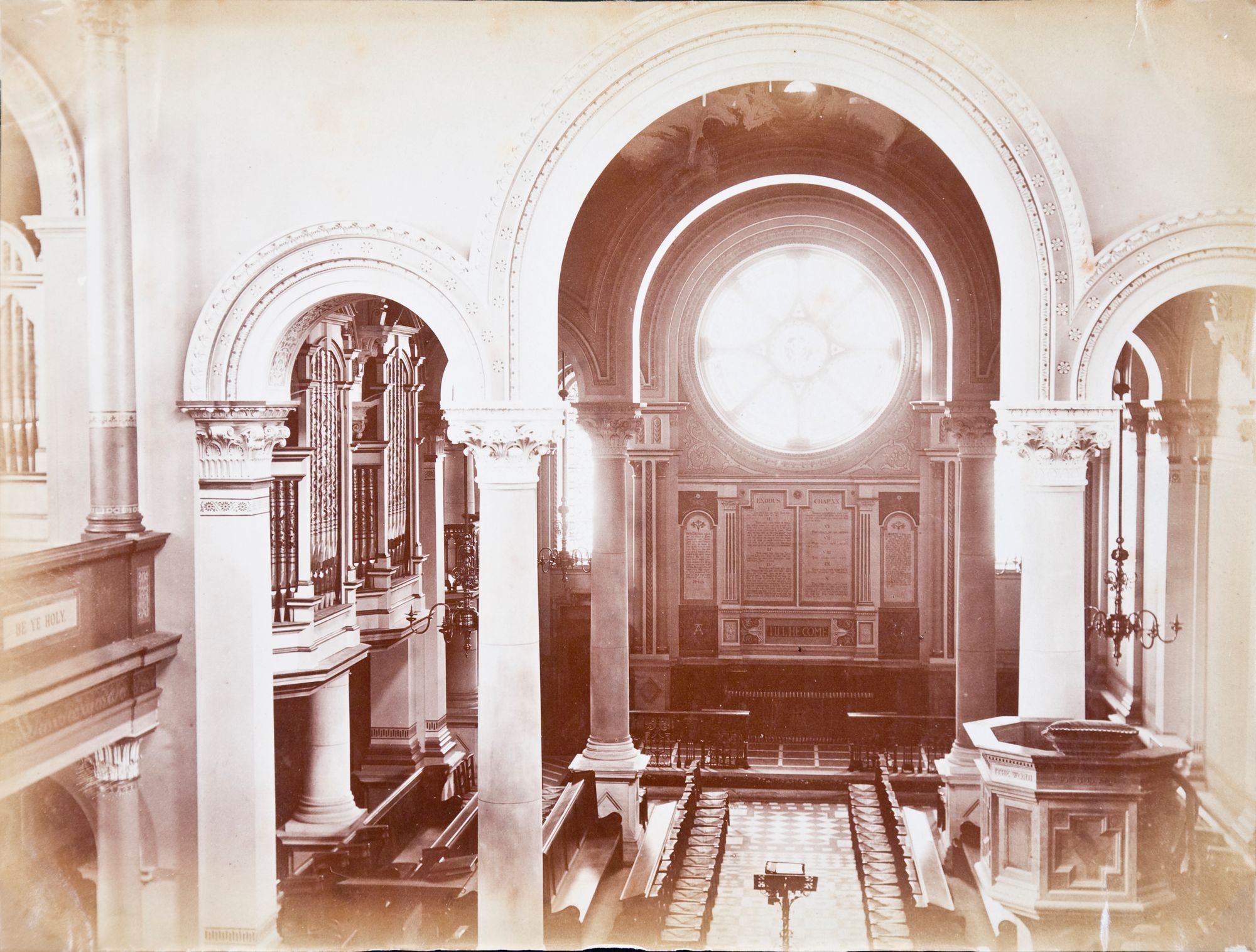
St Margaret’s saw its last worship on September 30th, 1956, but stood empty for three years before being demolished in the summer of 1959. However, the Sunday Times archive reveals a story from July 31st, 1958, about the plan to turn the disused church into a costume museum. The paper quotes the museum correspondent saying:
As already announced, the corporation of Brighton last January decided in principle to buy St. Margaret's Church, which is disused and would otherwise be demolished, to house the Museum of Costume […] Negotiations have now considerably advanced, and the Royal Pavilion Committee of the corporation have just asked the borough surveyor to draw up plans for the conversion of the church […]
The Times continues to say that the planned Museum of Costume would open in its new capacity within the following two years. This, of course, never happened.
The contents of the museum were going to be donated by Doris Langley Moore OBE (1902–1989), a designer, collector, writer, and scholar, whose famous private costume collection was briefly on view in the annual Regency exhibition at the Royal Pavilion while waiting to move to St Margaret’s. However, Moore eventually donated her collection to the City of Bath, and the ‘Museum of Costume’ ended up being, of course, the Fashion Museum at Bath Assembly Rooms which opened in 1963. Now, in 2022, they are temporarily closed and looking for a new home. One can only wonder whether, if the museum had been opened at St Margaret’s, would it have seen such success? Would it have brought Brighton and the surrounding area a renewed sense of glitz?
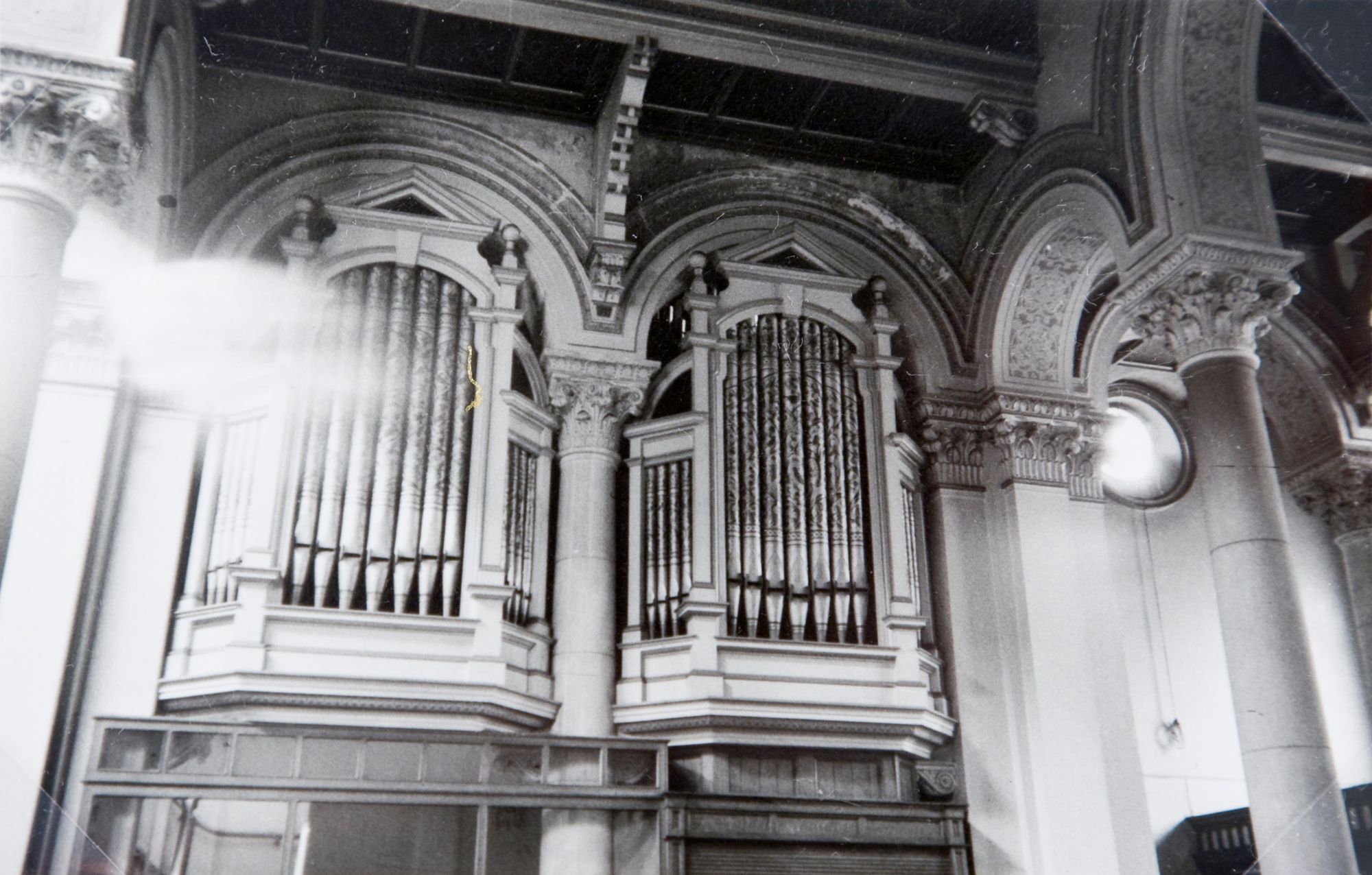
What was built once St Margaret’s was demolished, you might ask? Well, the answer may not surprise you—Sussex Heights, a tower block that sticks out from its very different surroundings, as well as a 250-space car-park and the Metropole Exhibition Halls. The area continued to develop with Churchill Square in the mid-1960s.
Some who remember St Margaret's Church recall that Christ the King Church in Patcham received some of its fittings, including choir stalls and some pews, but no official documents could be found. However, if you’d like to hear the organ of St Margaret’s, you can visit St Andrew’s Church in Burgess Hill where, according to the National Pipe Organ Register, it was installed in 1964.

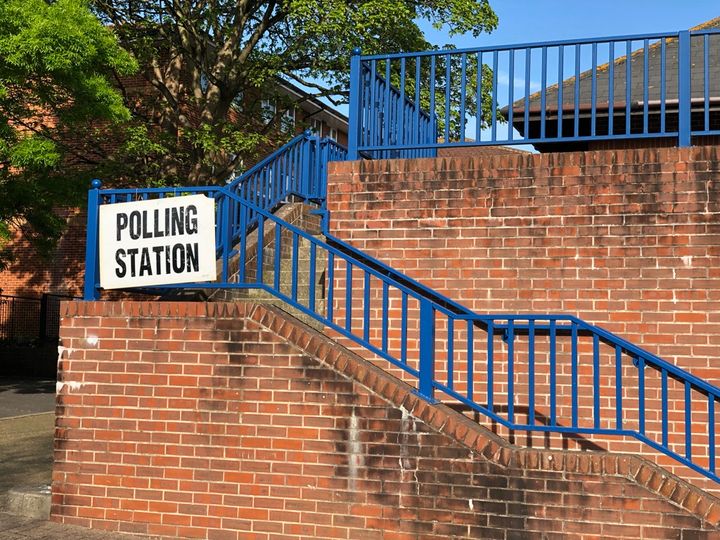
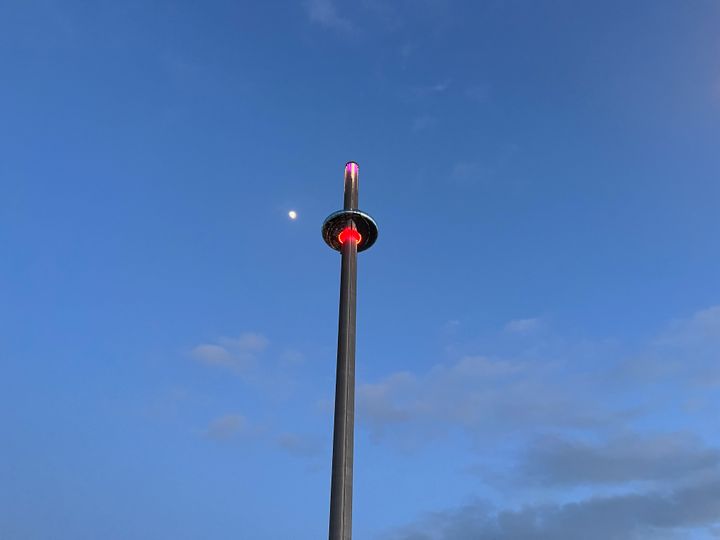
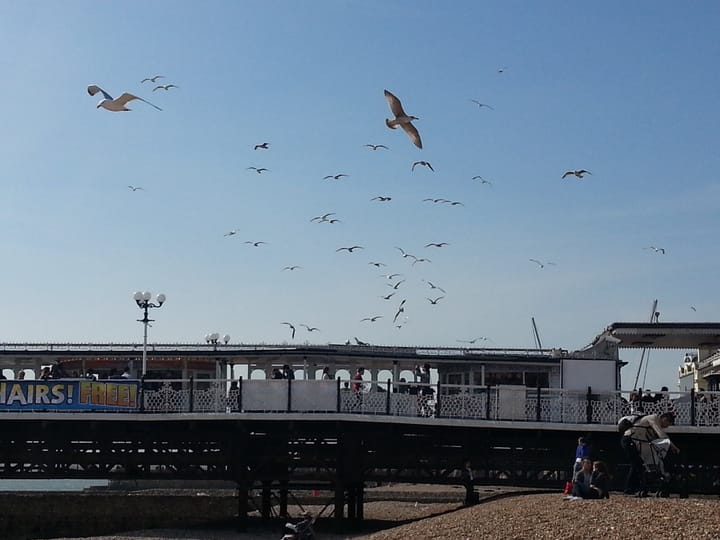
Comments ()